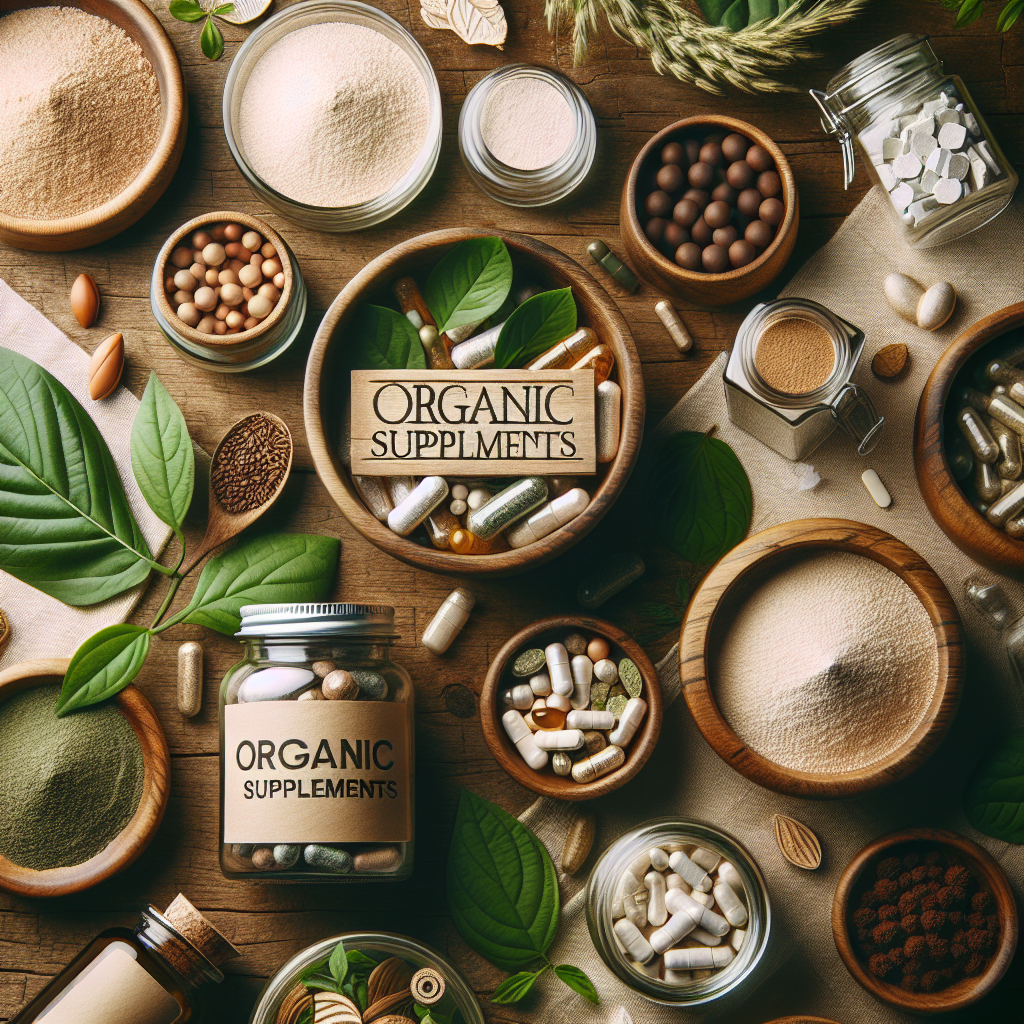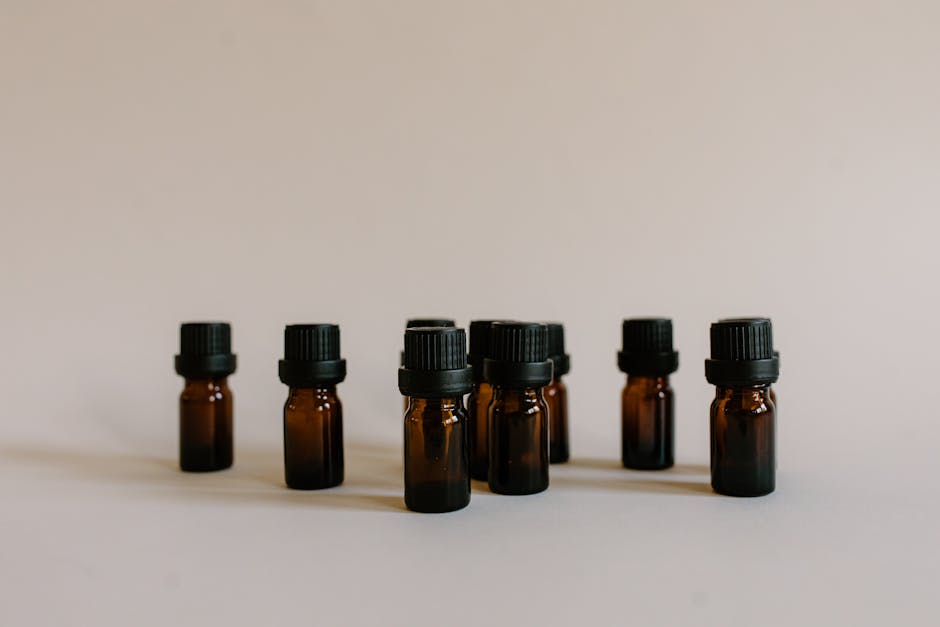How to Start an Organic Garden at Home 🌱
Have you ever dreamed of stepping outside and picking fresh herbs or vegetables right from your backyard? Starting an organic garden at home might be easier than you think! Whether you’re a seasoned gardener or a complete beginner, growing your own organic produce can be a rewarding and sustainable endeavor. In this guide, we’ll walk you through the steps to establish your own organic garden. Let’s dig in!
Table of Contents
- Why Choose Organic Gardening? 🌿
- Planning Your Garden 🗺️
- Choosing the Right Plants 🌼
- Preparing the Soil 🧑🌾
- Planting and Maintenance 🌱
- Organic Pest Control 🐞
- Harvesting and Enjoying Your Bounty 🍅
- Conclusion
- FAQs
Why Choose Organic Gardening? 🌿
Embracing organic gardening means nurturing your plants without synthetic fertilizers or pesticides. This approach is beneficial for the environment, your health, and even your wallet. Organic gardens promote biodiversity, improve soil health, and produce nutritious and flavorful crops. Plus, it’s a fantastic way to reduce your carbon footprint!
Planning Your Garden 🗺️
Before you start digging, it’s crucial to plan your garden. Consider the following:
Location: Most vegetables and herbs need at least 6-8 hours of sunlight. Choose a sunny spot in your yard.
Size: Start small, especially if you’re new to gardening. A small, well-maintained garden is more productive than a large, untended one.
Layout: Plan how you’ll arrange your plants. Think about companion planting, which involves growing plants together that can benefit each other.
Choosing the Right Plants 🌼
When selecting plants, consider your climate, the season, and your personal preferences. Some popular choices for beginners include:
- Leafy greens: Such as lettuce and spinach, which are quick to grow and can be harvested multiple times.
- Tomatoes: A rewarding choice, as they are prolific producers in warm climates.
- Herbs: Like basil, parsley, and mint, which are easy to grow and enhance your cooking.
- Root vegetables: Carrots and radishes are great for cooler climates and have a short growing cycle.
Preparing the Soil 🧑🌾
Healthy soil is the foundation of a thriving garden. Here’s how to prepare it:
Test your soil: A simple soil test can give you insights into its pH level and nutrient content, helping you adjust accordingly.
Enrich with organic matter: Add compost, aged manure, or organic fertilizers to improve soil fertility and structure.
Aerate: Loosen the soil with a fork or tiller to ensure good drainage and root penetration.
Planting and Maintenance 🌱
Once your soil is ready, it’s time to plant! Follow these steps for successful planting:
Follow seed packet instructions: Pay attention to planting depth and spacing guidelines.
Water wisely: Water in the morning to reduce evaporation and fungal diseases. Ensure your plants receive consistent moisture, especially during dry spells.
Weed regularly: Weeds compete with your plants for nutrients and water, so keep them in check.
Organic Pest Control 🐞
Keeping pests at bay without chemicals can be challenging but rewarding. Here are some natural methods:
Companion planting: Plant flowers and herbs that repel harmful insects, like marigolds and garlic.
Encourage beneficial insects: Ladybugs and spiders are natural predators that help control pest populations.
DIY sprays: Use homemade concoctions, like soap and water, to deter pests.
Harvesting and Enjoying Your Bounty 🍅
The most rewarding part of gardening is enjoying the fruits of your labor. Remember to:
Harvest at the right time: Picking your produce at its peak ensures the best flavor and nutritional value.
Store properly: Learn how to store your harvest to extend its shelf life, whether through refrigeration or preservation.
Share with friends and family: Nothing beats sharing homegrown produce with loved ones. It’s a great way to build community and spread the joy of organic gardening.
Conclusion
Starting an organic garden at home is a fulfilling endeavor that brings you closer to nature and provides you with fresh, healthy produce. By planning carefully, choosing the right plants, and using sustainable practices, you can enjoy a bountiful garden. So, roll up your sleeves and get your hands dirty—your organic gardening adventure awaits!
FAQs
What is the best time to start an organic garden?
Spring is generally the best time to start planting, but it depends on your local climate and the plants you choose.
How can I keep pests away naturally?
Consider using companion planting, introducing beneficial insects, and applying homemade pest deterrents like neem oil or garlic spray.
Do organic gardens require more maintenance?
They can require more attention in terms of pest control and soil management, but the benefits of healthier produce and a sustainable garden are worth the effort.
Can I grow an organic garden indoors?
Yes! Many herbs and some vegetables can be successfully grown indoors with adequate light and care.
What are some easy-to-grow vegetables for beginners?
Leafy greens, radishes, and herbs are great starter plants due to their resilience and quick growth cycles.
Discover more from NatureZen Market
Subscribe to get the latest posts sent to your email.










